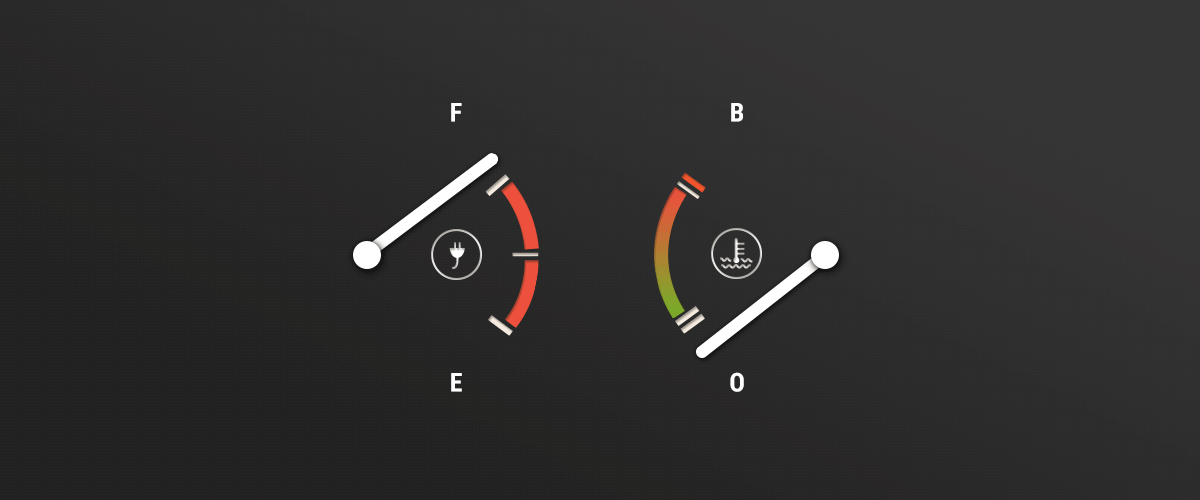To switch loads without any wear, electronic switching elements, so-called thyristor switches or thyristor controllers, are used. The difference between thyristor switches and thyristor controllers is the fact that the controllers are smarter and may include miscellaneous monitoring and control functions in addition to a simpler selection, but both types work on the same principle for switching loads. There are two most different switching modes: the pulse-group cycle mode which enables or disables entire half-waves of the alternating voltage, and phase control.
In three-phase heaters the pulse-cycle mode is (almost) always used since the switching efforts and the mains interferences are lower than in case of phase control. The latter variant requires three thyristors for three-phase networks (otherwise two are enough) and one load in star connection (otherwise a delta connection will do as well).
A certain portion of the voltage is switched on and off under closed-loop control. If individual half waves of the 100 half waves in each second (at 50 Hz) are switched on or off, the power can be adapted to percentage accuracy. The speed of activation and deactivation is a function of the heater inertia. Since the inertia of electrical heaters is often within a two-digit second or even minute range, the period of the pulse group can correspondingly be adjusted to significantly more than the above-mentioned seconds without being identified by the heat dissipation. The inertia of the heater dissipates - so to say - the discontinuous (electrical) power consumption.
Since the power consumption of the heater is a direct function of the voltage according to Ohm's law, the network of course experiences a periodic current flow which correlates with the make times of the thyristor switch.
Basically, this is the same when loads are switched by contactors. However, the difference is that the mechanical switch has a limited service life only (magnitude of 100,000 switching cycles). If a switching cycle is performed once in a minute, this means that the service life has reached its end after approximately two months and the contactor has to be replaced! This is not a problem in case of thyristor switches (they practically do not wear). But they have three other disadvantages: they require expensive (faster) fuses, they have a higher power loss (magnitude to one watt per ampere per thyristor) and do not disconnect completely from the mains (a residual current of a magnitude of several milliamperes will always flow).

